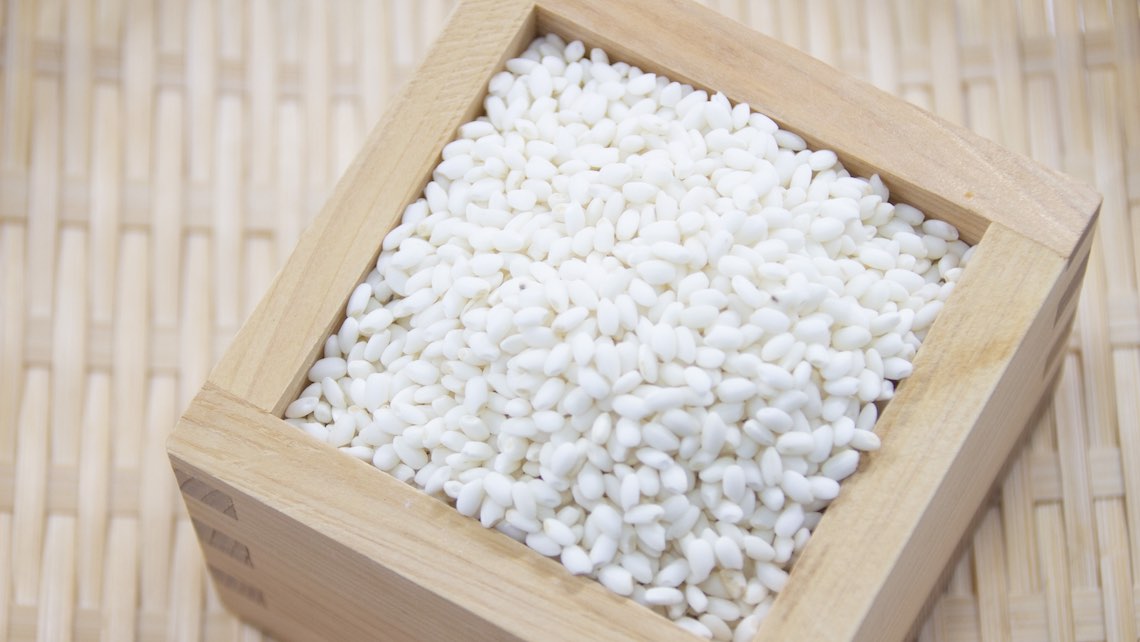Adzuki Beans [Azuki]

Japanese Name and Pronunciation:

[azuki]
Adzuki beans have a long history deeply rooted in Japan. It is believed that they were originally cultivated in East Asia, and evidence suggests that they were being grown in Japan as early as 4000 BC. This makes them a familiar ingredient that has been consumed in Japan for thousands of years.
In Japan, adzuki beans are widely cultivated and cherished for their versatility and unique characteristics. They are known for their distinct sweet flavor and smooth texture when cooked. Adzuki beans are used in a variety of dishes, ranging from desserts to savory meals.
In traditional Japanese cuisine, adzuki beans are most commonly associated with wagashi, traditional Japanese sweets. They are transformed into a sweet bean paste called “anko” through a process of simmering and sweetening. Anko is then used as a filling in a wide array of wagashi, including dorayaki, taiyaki, and manju.
Beyond sweets, adzuki beans are also used in savory dishes like zenzai, a sweet red bean soup typically enjoyed during the colder months, and sekihan, a celebratory dish made by mixing adzuki beans with sticky rice. These dishes highlight the versatility of adzuki beans and their ability to add depth and flavor to various culinary creations.
In Japanese culture, adzuki beans are associated with good luck and prosperity. They are often featured in celebratory dishes and festivals, symbolizing wishes for a prosperous and harmonious life.






